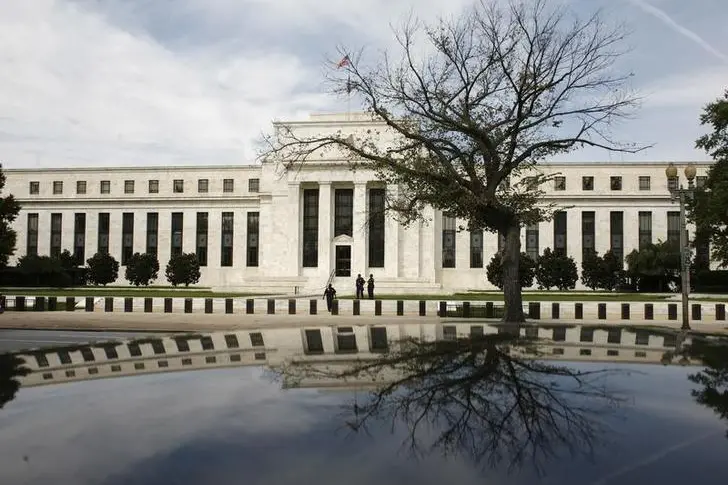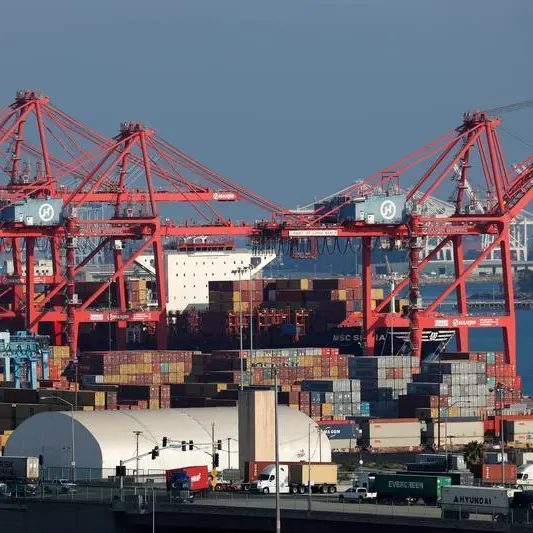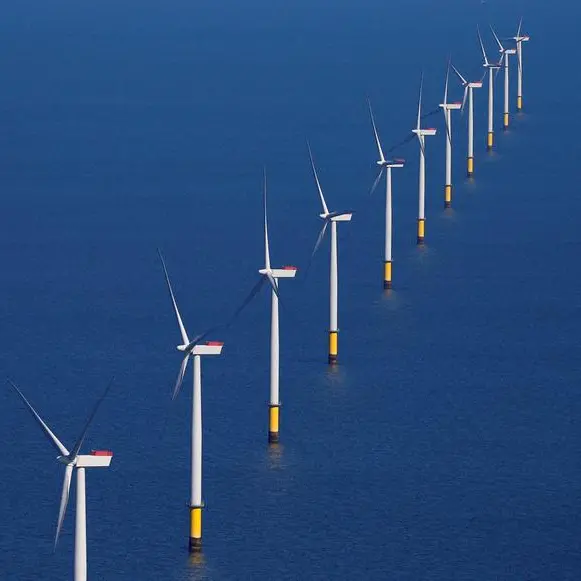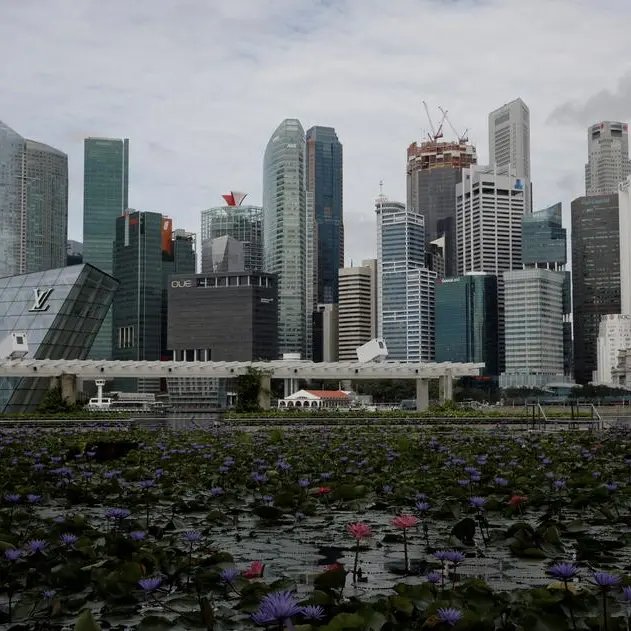PHOTO
The Federal Reserve Building is reflected on a car in Washington. Jim Young, Reuters
(The author is editor-at-large for finance and markets at Reuters News. Any views expressed here are his own)
LONDON - If the U.S. Federal Reserve were to take its political cue at face value and focus solely on putting inflation back in its box, already battered financial markets could get much uglier and investors don't appear prepared for it.
While the decision is never that clearcut for Fed policymakers with dual price stability and full employment mandates, there's little doubt the Fed and other Western central banks are under enormous public pressure to prioritize control of the worst cost of living squeeze in 40 years.
That may change if or when recession eventually bites - but it's likely central banks see ultra-tight labour markets both buying them time to go hell for leather now as well as being good reason for doing so.
What's more, Fed chair Jerome Powell openly admitted this week that "pain" may be inevitable as the central bank gets inflation back down because it doesn't have "precision tools" to engineer a soft landing.
Kansas City Fed chief Esther George made clear on Thursday that tighter financial conditions were part of the plan rather than some unfortunate unforeseen consequence, with falling stocks "one of the avenues".
"Where I am focused on when 'enough is enough' is looking at our inflation target," she told CNBC, nodding to an inflation rate more than four times that 2% target and now above that goal for over a year now and counting.
And yet investors still suspect the Fed will balk at a first hint of economic or financial distress - with futures now seeing a peak in the prevailing 1% Fed funds target rate at just 3% by next March, given a planned balance sheet reduction in the background.
Assuming we get another much-flagged half-point rate rise next month, then that price structure implies a pretty mild trajectory averaging just one quarter-point hike at each subsequent policy meeting until March - and then halting just half a point above pre-pandemic peaks in 2019.
What's more, the implied terminal rate next year has fallen almost a half point this month amid shaky markets and recession murmurs.
This month's global fund manager survey by Bank of America (BofA) showed an extremely bearish but also slightly confused and hesitant picture among investors.
While funds have already stockpiled cash holdings to the highest levels since the dot.com and 9/11 shocks of 2001, BofA reckoned they hadn't hit "full capitulation" because they expect further interest rate rises ahead.
But respondents also saw hawkish central banks as the single biggest risk to financial stability. Even though Wall St equity indexes have already fallen about 20% from peaks, funds don't expect the fabled Fed "put" - or policy pivot to sooth restive markets - to emerge without another 10%-plus drop from here.
That doesn't look like an investment community that has priced everything already.
SHADOWS AND FOG
So what if markets still underestimate the Fed's willingness to tolerate some pain while getting inflation back to target?
Fed-watchers reasonably debate the economics, politics and even behavioural inputs affecting future policymaking and judge accordingly. There is probably no way of knowing right now anyhow because so much has to unfold and nothing is set in stone.
But so-called quantitative analysis can also be instructive in sketching out the scale of what may be ahead, pitching the current policy settings against what we know from the past.
Earlier this year, Societe Generale's (SG) Solomon Tadesse outlined how a typically growth-sensitive Fed would be forced to manage the combined tightening of policy rates and a relatively modest $1.8 trillion balance sheet reduction.
Modelling a so-called shadow Fed funds rate capturing both effects - which allows comparisons with historical inflation episodes that didn't include bond buying or selling - the analysis concluded that if the Fed was keen to avoid recession at all costs and allow some inflation then the peak in Fed rates could be as little as a half point above the current 1%.
This was based on the assumption that the shadow Fed rate was effectively -5% at its trough due to the outsize impact of bond buying and is still negative even after two hikes and before so-called quantitative tightening kicks in.
Tadesse reprised the model this week, however, and instead crunched the numbers based on an different assumption - that the Fed now prioritises the return of inflation to target even at a cost of a hard landing. That approach would be more akin to the tack taken by the Paul Volcker-led Fed of the 1980s and would chime with rising political pressure to do so right now.
The result makes uncomfortable reading for financial markets.
Tadesse reckons that stance would require a brutal overall monetary tightening of 9.25 percentage points in the modelled shadow rate - comprising of a terminal rate as high as 4.5% and an almost halving of the Fed balance sheet by $3.9 trillion, based on an assumption that each $100 billion of the balance sheet equates to about 12 basis points of tightening.
These are two extremes of course and reality often ends up somewhere in between - where markets currently reside.
But the Fed may now have to choose or risk falling between the stools and this leaves markets at something of a crossroad.
"Such an intermediate path, plausible due to (changing) political pressure or a midcourse reversal in policy priorities between price stability and full employment, would likely fail to accomplish either mandate and could damage central bank credibility," the SG analyst concluded. Related columns: Central bank independence feels the heat - for unlikely reasons 'Mom & pop' investors left high and dry in tech, crypto meltdown The author is editor-at-large for finance and markets at Reuters News. Any views expressed here are his own
(by Mike Dolan, Twitter: @reutersMikeD Editing by Mark Potter)





















